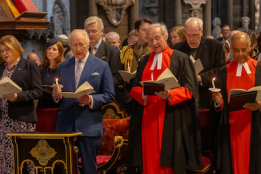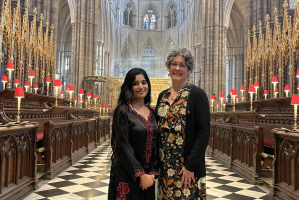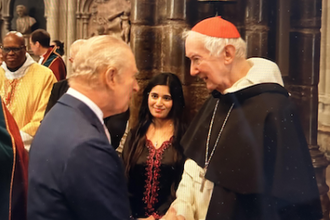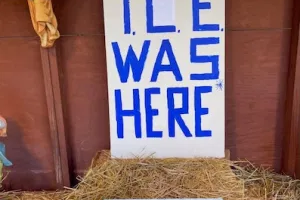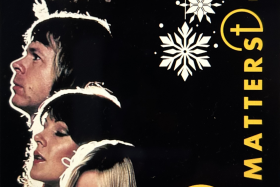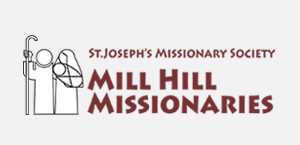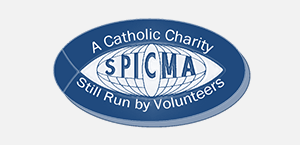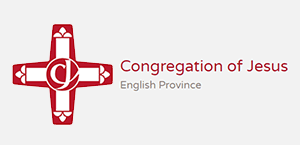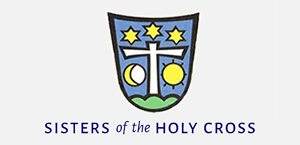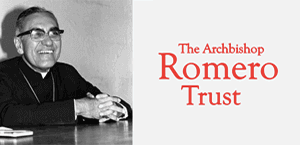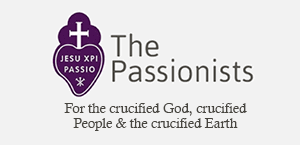Cardinal's reflection on State Visit of King Charles to Holy See
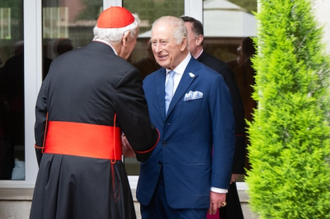
Image: CBCEW
Source: Diocese of Westminster
In the central courtyard of the Apostolic Palace, the Cortile San Damaso, the red carpets were laid out, with great precision. All was prepared for the arrival of King Charles and Queen Camilla for their State Visit to the Holy See.
The events of that day are well known: a private meeting with Pope Leo with an exchange of gifts, a ceremony of prayer in the magnificent Sistine Chapel, a time of further discussion, then another wondrous ceremony in the Basilica of St Paul's Outside the Walls, and finally a formal reception, and the planting of a tree, in the Beda College.
I was privileged to have front row seats in the two liturgical events, making it a day I shall never forget.
Rarely have I attended ceremonies which were so full of historical resonance. The magnificence of the events enhanced that richness.
In the Sistine Chapel I took part in the first time, for many centuries, that the King of my homeland and the Holy Father of my faith, prayed together in a united voice. It was, quite simply, the healing of an ancient wound.
And the beauty of the Sistine Chapel was further enhanced for this ceremony by the placing of two famous Raphael tapestries on its walls. The cartoons, or preparatory drawings, of these tapestries are part of the Royal Collection in London and they were brought together, for the first time, when Pope Benedict XVI visited the United Kingdom in 2010. Such attention to detail spoke volumes of the great importance of this moment.
For me, the historical resonance of the ceremony in St Paul's Basilica was even more profound.
In the presence of the Tomb of the Apostle Paul, we reached back across the centuries to the late Middle Ages, to a time when the monarchs of our land worked in close cooperation with the Popes of Rome. In those days, the King of England was the provider and protector of the Basilica and Monastic community of St Paul. This ancient relationship, a cooperation, inspired the action of that afternoon's ceremony and prayer. Here, King Charles was offered and accepted the title of 'Royal Confrater' to the Basilica and Monastic community of St Paul's today. The title speaks of a brotherly connection, of a warmth of recognition, and of a renewal of such a long-lost relationship. For this my heart was full of wonder and thanks.
And, as a permanent expression of this moment, a beautiful chair has been carved, decorated with the coat of arms of the King and adorned with the words of Jesus 'that they all may be one' (Jn.17.21). It will remain in the sanctuary as a visible confirmation of this historic step!
I have pondered these events in the days that followed.
They speak not simply of the relationship between our two churches. Just as importantly they speak of the importance of faith in God in our shared quest for a true and compassionate human community. They remind us again that religious faith is not as problem to be solved, as so many in our secularised public culture seem to believe. Rather, religious faith, in its purity and integrity, is a powerful resource for our human family which needs to be rediscovered afresh.
I recalled, at that moment, words spoken by King Charles, just days after his Accession, to faith leaders gathered in Buckingham Palace. His Majesty spoke of the duty he had 'to protect the space for Faith itself and its practice' in his realm and of how religious faith can 'flourish in and contribute to our diverse society'. He spoke of the principles of 'freedom of conscience, generosity of spirit for care for others which are, to me, the essence of our nationhood' (Remarks to Faith Leaders, 16 February 2022).
This visit to Rome is entirely consistent with these words.
Then, these events have had another resonance for me. They point out powerfully that, in order to move forward in hope to what lies ahead, we have to recognise, acknowledge and try to heal the hurts and wounds of the past. This is true between our two churches. And it is also true in the life of each of us, of everyone.
Sometimes those hurts of the past have been hidden away, maybe not deliberately yet effectively. Perhaps they are readily acknowledged and forgiven. Others are a great weight on our shoulders, impeding not only the present day but clouding any hope for the future.
Perhaps, then, it is the work of God's loving providence that the day of this historic visit of King Charles, and the healing moments it contained, occurred in the Jubilee Year of Hope when we ponder again that true hope enables us to grasp something that as yet remains out of our sight yet fills our hearts with longing.
As St Paul says: 'But having this hope for what we cannot yet see, we are able to wait for it with persevering confidence' (Romans 8.25).
For more historical detail see: www.youtube.com/watch?v=FwY_-8f6jjs



